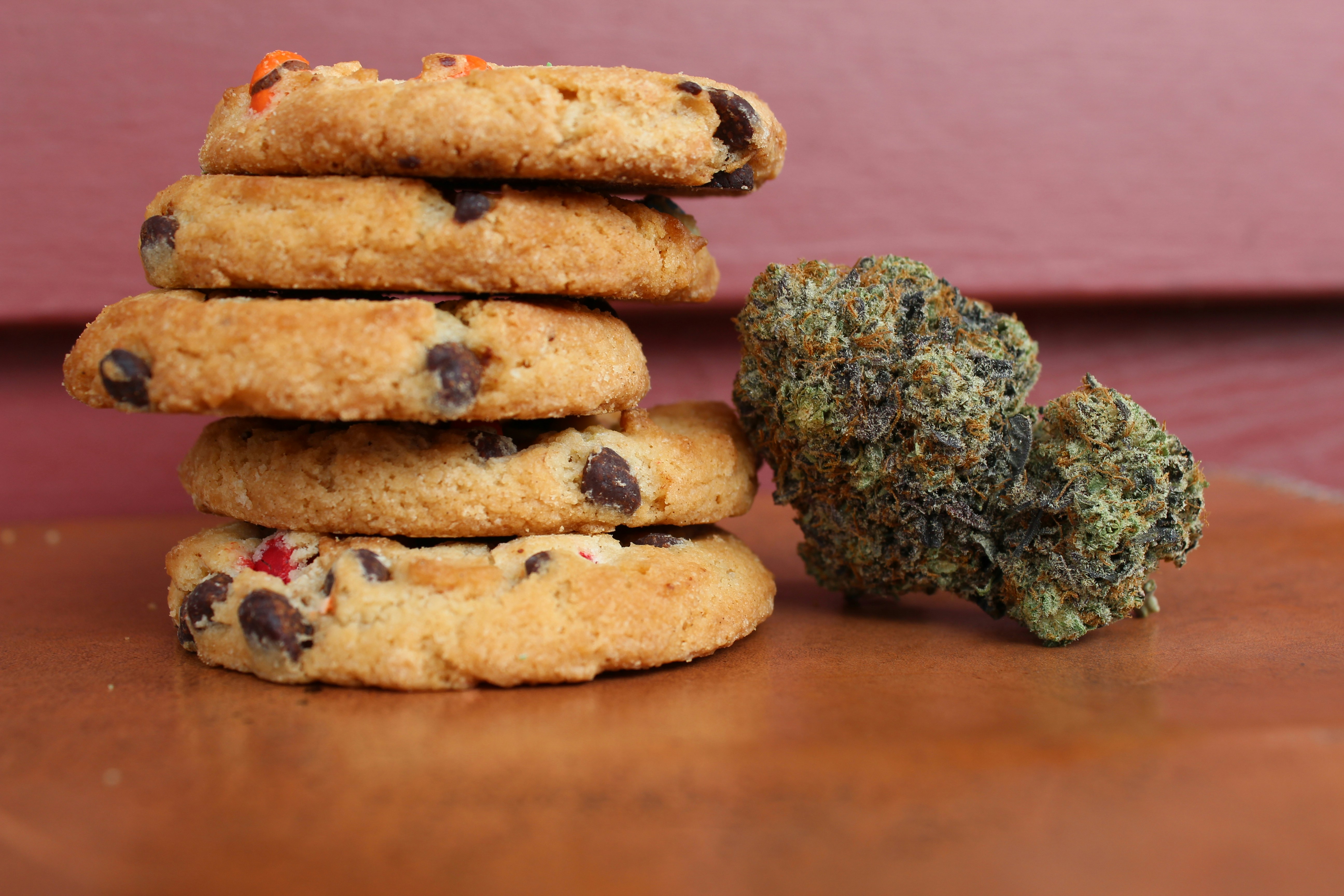
As the popularity and understanding of cannabis continue to grow, more people are seeking innovative ways to integrate this versatile plant into their daily lives. One such approach is cooking with cannabis, a practice that allows individuals to experiment with creative, delicious recipes while enjoying the potential therapeutic benefits of cannabinoids like THC and CBD.
At 406 Essence, our goal is to equip our clients in Billings, MT, with the information and resources they need to make informed choices about their cannabis use and find ways to incorporate it effectively and enjoyably into their daily routines.
In this blog post, we will delve into the exciting world of cooking with cannabis, offering guidance on techniques, dosage, and recipes to create delectable cannabis-infused dishes that suit a variety of dietary preferences and needs.
Selecting the Right Cannabis for Your Recipes
Before diving into the culinary world of cannabis, it’s essential to understand the differences between various forms of cannabis and how they can alter the taste and potency of your dishes. The primary forms of cannabis used in cooking include:
- Cannabis Flower: Whole cannabis flowers can be used to create infused oils or butter or ground and incorporated directly into recipes. Choose a strain based on your desired effects and flavors, considering both THC and CBD content, as well as terpene profiles that can complement your dish.
- Cannabis Concentrates: Tinctures, oils, and isolates are potent and versatile options for infusing your meals with cannabinoids. They offer precise dosing and require minimal processing, making them an excellent choice for beginners experimenting with cannabis in their cooking.
Preparing Your Cannabis: Decarboxylation
An essential step in cooking with cannabis is decarboxylation – the process of activating the cannabinoids, such as THC and CBD, in raw cannabis plant matter. Decarboxylation involves heating the cannabis at a specific temperature for a set amount of time to convert non-psychoactive cannabinoid acids like THCA and CBDA into their active forms.
To decarboxylate cannabis at home, follow these simple steps:
- Preheat your oven to 240°F (115°C).
- Break up your cannabis flowers into small pieces using your hands or a grinder.
- Spread the ground cannabis evenly on a parchment-lined baking sheet.
- Bake the cannabis in the preheated oven for 30-45 minutes, stirring occasionally to ensure even heating.
- Remove the cannabis from the oven, allow it to cool, and it’s now ready to be used in your recipes.
Creating Cannabis-Infused Oils and Butter
Cannabis-infused oils and butter serve as the foundation for many cannabis-infused dishes, providing a versatile base to incorporate cannabinoids into your recipes. To make a cannabis-infused oil or butter, follow these steps:
- Combine the decarboxylated cannabis and your oil or butter of choice (such as coconut oil or unsalted butter) in a double boiler or slow cooker.
- Heat the mixture on low heat for 4-6 hours, stirring occasionally, to allow the cannabinoids to infuse into the oil or butter.
- Strain the mixture using cheesecloth, discarding the plant matter and retaining the infused oil or butter.
- Allow your infused oil or butter to cool and store it in an airtight container for future use.
Cannabis-Infused Recipes for Every Palate
Now that you’ve prepared your cannabis-infused oil or butter, it’s time to explore the diverse range of recipes that can be enhanced with a touch of cannabinoids. Consider these ideas for various meal options:
- Breakfast: Create a cannabis-infused omelet by sautéing vegetables and meat in your infused oil, then adding whisked eggs and cooking until set. Or, spread cannabis-infused butter on toast and top with fresh avocado and tomato for a quick and easy breakfast option.
- Lunch: Toss a mixed greens salad with a cannabis-infused vinaigrette made from a combination of your infused oil, vinegar, and seasonings. Alternatively, use your infused butter to make a grilled cheese sandwich with a twist—perfect for a satisfying lunch on the go.
- Dinner: Drizzle cannabis-infused oil over roasted vegetables or use it as the base for a tasty pasta sauce. Or, stir your infused butter into creamy mashed potatoes or risotto for a comforting, cannabinoid-enhanced dinner.
- Desserts: Incorporate your cannabis-infused butter into classic dessert recipes, such as brownies, cookies, or cake, for a sweet treat with an added twist.
Dosage and Safety Considerations
When cooking with cannabis, it’s crucial to be mindful of dosage and ensure that each serving contains an appropriate and consistent amount of cannabinoids. Start with a low dose (such as 2.5 to 5 milligrams of THC per serving) and adjust accordingly based on your personal preferences and tolerance levels.
Always inform your guests that your dish contains cannabis and label any leftover infused foods to avoid accidental consumption.
Conclusion
Cooking with cannabis offers a delightful and creative way to integrate the therapeutic benefits of marijuana into your daily diet. At 406 Essence, we are committed to empowering our clients in Billings, MT, with the information and resources necessary to explore the incredible world of cannabis and its many applications.
Visit our cannabis dispensary today, and let our friendly and knowledgeable staff assist you in selecting the ideal cannabis products for your culinary creations. Bon appétit!

